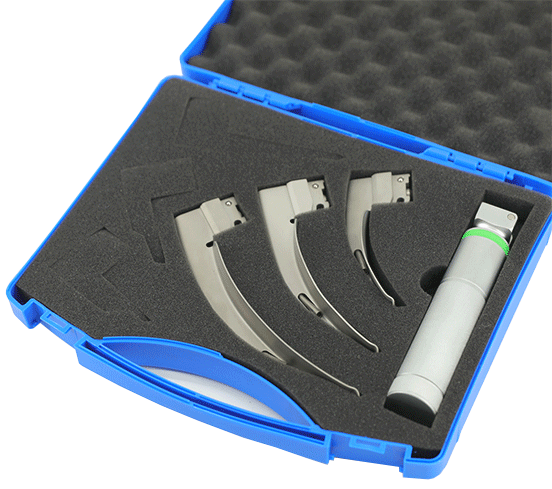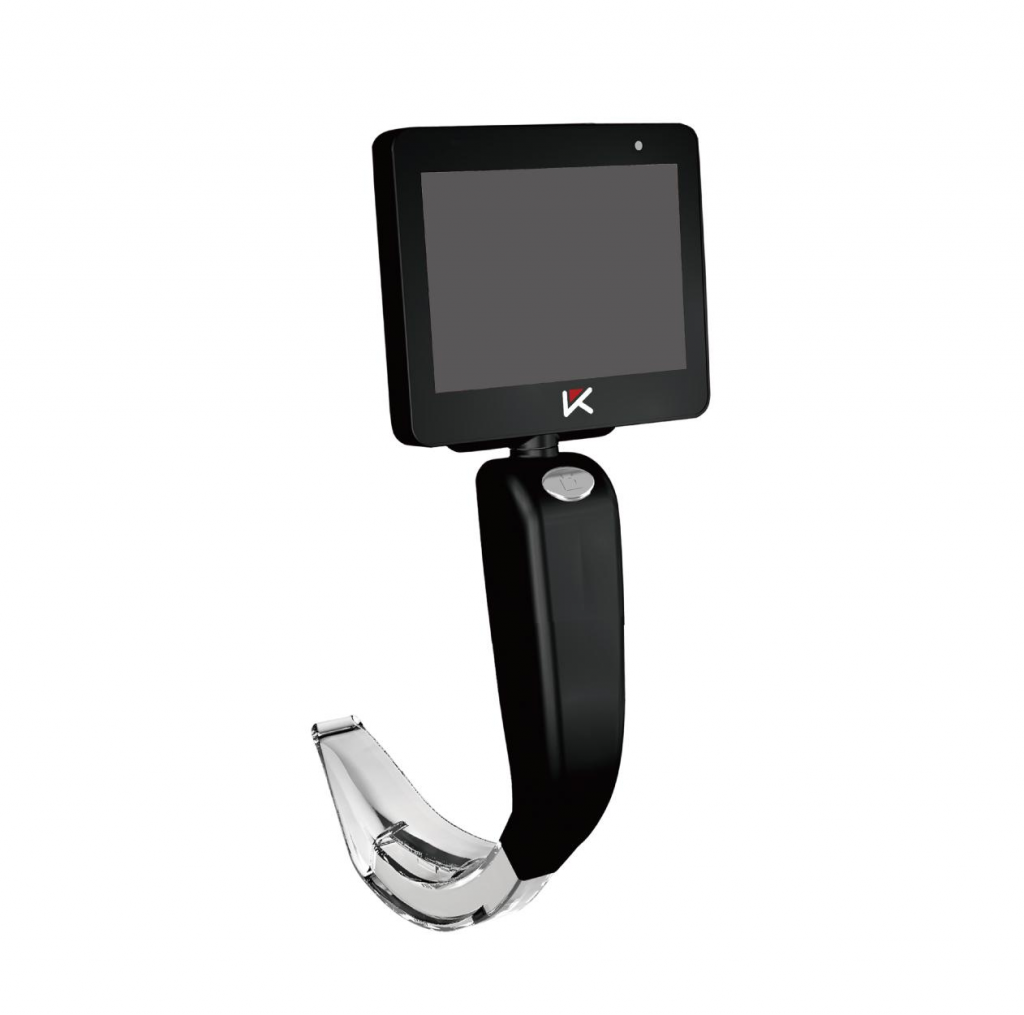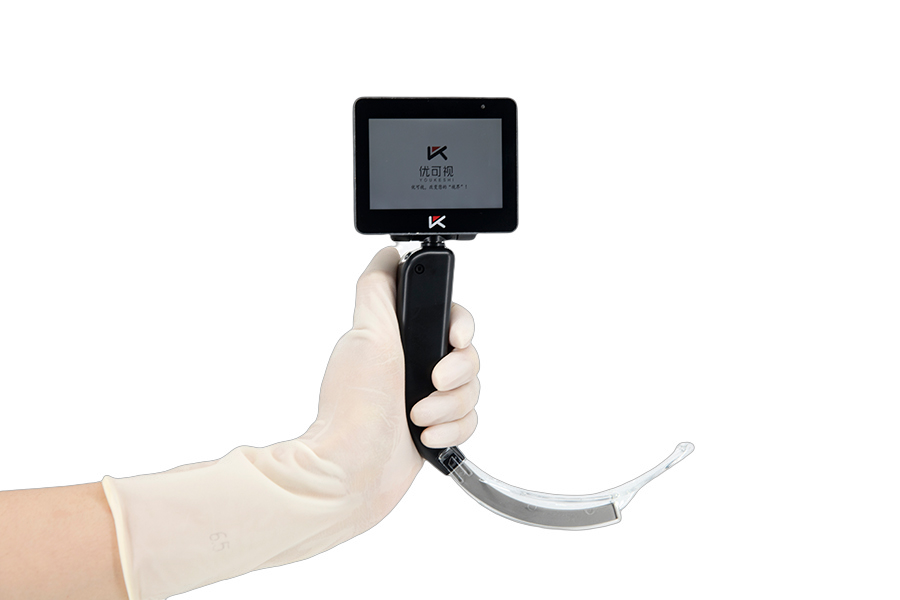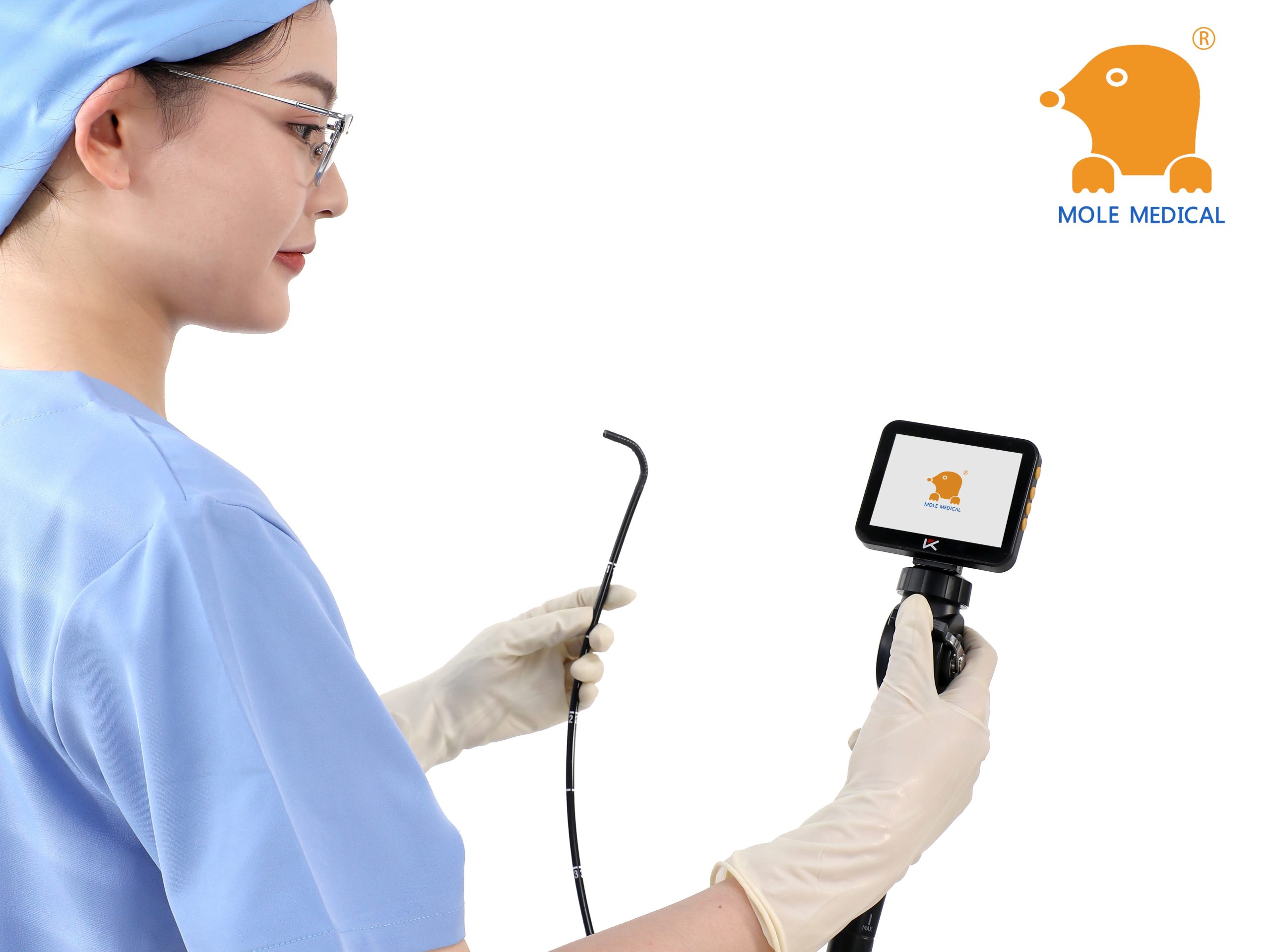Adult Laryngoscope Guide: Types and Uses
Dec 23, 2023
When it comes to adult airway management, medical professionals rely on a variety of tools and instruments to ensure successful intubation procedures. One essential tool in this process is the adult laryngoscope. This specialized instrument consists of a handle and a blade, which assists in visualizing the larynx during intubation. In this comprehensive guide, we will discuss the different types of adult laryngoscopes and their uses in airway management. From direct and video laryngoscopes to fiber-optic and indirect laryngoscopes, each type has its own unique advantages and applications. Join us as we delve into the world of adult laryngoscopes and explore the advancements in laryngoscope technology that continue to improve the safety and effectiveness of adult intubation procedures.
Understanding Adult Laryngoscopes
Before we delve into the specifics of adult laryngoscopes, it’s essential to have a basic understanding of these specialized devices. Laryngoscopes are key instruments that help medical professionals visualize the larynx during intubation procedures.
Adult laryngoscopes usually consist of two parts: a handle and a blade. The blade is the main component used to provide a clear view of the vocal cords. Visualization is crucial for successful intubation.
Advanced adult laryngoscopes come with additional features such as hyper-angulated blades for easier navigation of complex airways, video-assisted technology for better visualization and illuminated optical pathways for a clearer view of the vocal cords.
Professional laryngoscope equipment may be the difference between life and death in extreme situations. Because of this, medical professionals must choose an appropriate laryngoscope device for their specific needs and for the patient’s safety.
Direct Laryngoscopes
Direct laryngoscopes are a widely used type of laryngoscope in adult airway management, particularly during intubation procedures. This type of laryngoscope employs a curved blade, such as the Macintosh blade, which is inserted into the patient’s mouth to lift the tongue and provide a clear view of the larynx.
The Macintosh blade, also known as the traditional laryngoscope blade, is the most commonly used blade in direct laryngoscopes. However, direct laryngoscopes can also use other specialized blade designs to cater to specific needs. For example, the Miller blade has a straight design and is better suited for patients with smaller oral cavities or limited neck mobility.
Direct laryngoscopes remain a go-to choice for many medical professionals due to their simplicity and effectiveness. They provide a clear view of the larynx and allow for quick and efficient intubation procedures.
Video Laryngoscopes
Video laryngoscopes are a newer and more advanced type of adult laryngoscope that has gained popularity in recent years. These devices feature a small camera mounted at the tip of the blade, allowing medical professionals to obtain a magnified view of the larynx on a screen.
Video laryngoscopes offer improved visualization and can be particularly useful in cases where direct laryngoscopy may be challenging. They are especially helpful in patients with limited neck mobility, small oral openings, or abnormal airway anatomy.
The video-assisted laryngoscopy allows for a more accurate and safer intubation process, as it reduces the need for multiple attempts. It also allows healthcare professionals to supervise junior doctors or medical students remotely, making it a preferred choice in training scenarios.
Overall, video laryngoscopes have become an essential adult intubation tool in many healthcare settings due to their improved visualization capabilities, increased safety and ease of use, making them a valuable addition to any medical professional’s toolkit.
Fiber-Optic Laryngoscopes
Fiber-optic laryngoscopes are an essential tool in adult airway management. These laryngoscopes are equipped with a flexible insertion tube that allows medical professionals to maneuver around the curves of the throat, making them ideal for patients with limited mouth opening or a difficult airway. The fiber-optic light source illuminates the larynx, providing a clear and comprehensive view of the vocal cords. This device provides excellent visualization of the larynx while minimizing tissue trauma.
Fiber-optic laryngoscopes have become increasingly popular in recent years due to their advanced design and improved safety features. These devices allow for more accurate and efficient visualization, resulting in less discomfort for patients during intubation procedures.
Medical professionals rely on fiber-optic laryngoscopes to ensure successful intubation in challenging cases, making them an essential tool in adult airway management.
Indirect Laryngoscopes
Indirect laryngoscopes, also called mirror laryngoscopes, use mirrors to visualize the larynx. These laryngoscopes are less commonly utilized in adult airway management when compared to direct or video laryngoscopes. They may be preferred in specific situations when other types are unavailable or as an alternative.
The laryngeal mirror is a small, angled mirror that reflects the view of the larynx onto the user’s eyes. It is mounted on the end of a long handle and inserted into the patient’s mouth. The user then maneuvers the mirror to visualize the larynx and vocal cords.
While less widely used in modern airway management, the mirror laryngoscope still has its place in certain situations. It can be useful when limited mouth opening or anatomic abnormalities make direct or video laryngoscopy difficult or impossible.
Specialized Laryngoscope Blades
While each type of laryngoscope serves its specific purpose in airway management, specialized laryngoscope blades are available with unique features that cater to specific clinical scenarios. Medical professionals should be knowledgeable about these advanced intubation tools to ensure optimal airway management in their patients.
For instance, there are specialized laryngoscope blades with a built-in suction channel that prevents secretions from obstructing the view during intubation. These blades are particularly useful for patients with excessive saliva or those experiencing bleeding.
Another example is the D-blade, which features a flattened shape that offers easy insertion and reduces the risk of dental injury during intubation. The unique blade shape provides improved visibility of the larynx in difficult airways, making it a valuable tool in emergency airway management.
In summary, specialized laryngoscope blades provide unique advantages that can significantly improve airway management in challenging situations. Medical professionals must have essential knowledge of the advanced options available to them to make informed decisions about their instrument selection.
Advancements in Adult Laryngoscope Technology

Technological advancements have led to the development of highly innovative laryngoscope devices in recent years, revolutionizing adult airway management. These cutting-edge instruments incorporate advanced laryngoscope technology to provide improved visualization of the patient’s larynx and enhance medical professionals’ efficiency during intubation procedures.
One notable advancement is the creation of laryngoscope devices with improved blade designs, which help to minimize trauma and facilitate easier insertion into the oral cavity. Additionally, some devices now incorporate wireless connectivity, allowing for seamless integration with other medical equipment and enhanced data collection.
Another notable advancement is the incorporation of enhanced imaging capabilities, made possible by the integration of cameras in laryngoscope blades, thereby allowing for a magnified view of the larynx on a screen. This feature is particularly useful in situations where direct visualization of the larynx may be difficult.
Innovative laryngoscope devices also encompass a range of fiber-optic and video laryngoscopes, which provide greater flexibility and precision in airway management. These cutting-edge devices are equipped with multiple visualization options, enabling the medical professional to choose the most suitable tool for the situation.
Overall, advanced laryngoscope technology has transformed airway management in adult patients, providing accurate and efficient visualization of the patient’s anatomy and reducing the risk of complications from intubation procedures.
Conclusion
Adult laryngoscopes are essential instruments in airway management for adult patients. With various types, including direct, video, fiber-optic, and indirect laryngoscopes, medical professionals have access to a range of tools to optimize visualization of the larynx during intubation procedures. Specialized blades and ongoing advancements in laryngoscope technology further enhance the safety and effectiveness of adult intubation procedures using these instruments.
It’s crucial for medical professionals to be familiar with the different types of adult laryngoscopes and their uses to ensure proper airway management. Understanding the features of these instruments and staying up-to-date on advancements in technology can help optimize patient care.
Overall, adult laryngoscopes are an integral part of adult airway management and a crucial tool for medical professionals.
Categories
Latest Articles

Mole Medical invites you to meet at Expomed Eurasia 2025
Mole Medical invites you to meet at Expomed Eurasia 2025 Mole Medical sizi Expomed Eurasia 2025'te buluşmaya davet ediyor

Mole Medical invites you to meet the 91st China International Medical Equipment Fair (2025 Shanghai CMEF)
Dear partners at home and abroad:In the era of the booming development of global Medical technology, Mole Medical has always adhered to the original intention of innovation, and made intensive efforts in the field of medical endoscopes, constantly making technological breakthroughs and developing high-quality products. On this occasion, we cordially invite you to attend the ... Read more

Essential Laryngoscope Parts and Their Vital Uses
The laryngoscope is a vital medical instrument that allows doctors to examine the throat and vocal cords with precision. By providing a clear view of the airway, it plays a crucial role in various medical procedures, particularly in airway management. This tool is essential for ensuring patients can breathe properly, as it facilitates safe and ... Read more

From cleaning to maintenance: a holistic management strategy for Mole medical electronic bronchoscopes
In the modern medical field, electronic bronchoscope is an important tool for the diagnosis and treatment of respiratory diseases, and its accuracy and safety are directly related to the treatment effect and life safety of patients. Mole Medical's electronic bronchoscopes are widely recognized for their superior performance and precise diagnostic capabilities. However, to ensure that this high-end equipment is always in top condition, a comprehensive management strategy from cleaning to maintenance is essential.

More than ten years focus on the field of anesthesia Jiangsu Mole Medical, providing airway equipment for thousands of hospitals around the world
More than ten years focus on the field of anesthesia Jiangsu Mole Medical, providing airway equipment for thousands of hospitals around the world



